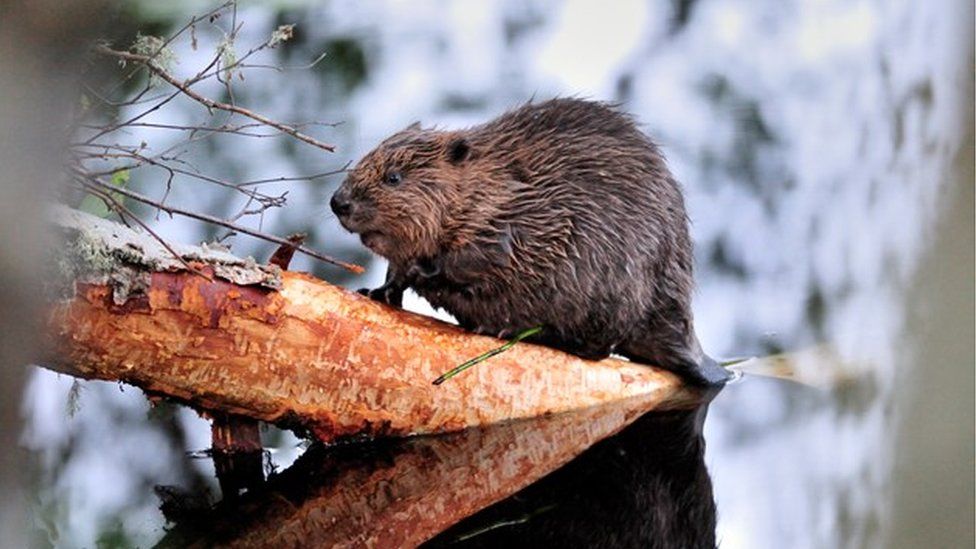There are only around 60 rhino left in the wild. They live in Ujung Kulon National Park. To put that in perspective, that is an increase of 3.3%.


Wildlife and conservation new, wild travel information and links for booking
There are only around 60 rhino left in the wild. They live in Ujung Kulon National Park. To put that in perspective, that is an increase of 3.3%.

The Malaysian tiger population (part of the Indochinese sub species) has a small but pretty stable population of tigers of between 250 and 340.
Unfortunately there does not seem to have been any increase. Having set a target of 1000 members in 2020 back in 2008, their efforts appear to have failed. Indeed some sources suggest that this may be a significant over estimate now.
China is a country which has done very poorly when it comes to the tiger. Having a great deal of respect for the tiger – with it woven throughout its early stories, and having played host to 4 of the tiger subspecies ( South china tiger, Amur tiger, indochinese tiger and the bengal tiger). Of these the south china tiger is almost certainly extinct having not been seen for decades, the Indochinese tiger is also extinct, the Bengal tiger has been confirmed in a part of Tibet – though numbers are unknown) and the amur tiger which live along the border between russia and china – perhaps 20 live in china.
As such it seems far to big a stretch to suggest that China has succeeded in doubling the wild tiger population.
I have only been lucky enough to hear wolves howl once in the wild, on the edge of the Sierra de Culebra in Spain (I have also heard them from a zoo). While it is reasonably common to hear a wolf howling in the wild, seeing it happen is far rarer.
A wolf howl is an eerie sound, and certainly lives up to its claims of being spine tingling. I do not consider it an aggressive sound, and certainly it is not meant as one – wolves howl as a way to spread out, and avoid having to fight. In other words, howls are for other wolves and are not intended to scare humans.
Now, I fully understand that as a farmer these noises can be more alarming. However, it has been clearly shown that with relatively simple processes wolf predation can be reduced to near zero (large dogs to live with the sheep, and bringing the sheep near the farm house at night.
Wolf howls are very useful for wolf researchers as it allows them to document the animals without changing their behaviour by getting too close. European wolves tend to howl less than American wolves as there is more history of wolf hunting here. Still, these howls do occur in Europe, and as they recover these nocturnal noises will spread and become more common once again.
This wolf happened to howl right next to a camera trap, hence the footage. If you watch (or listen) right to the end, you can hear the pack answer. I know for most people the sound of wolves howling is thought to be scary (this is perpetuated by horror films), yet as this is essentially a long distance chat, or even there to stop violence, this fear should stop.
Beavers are well and truly back in Scotland. With a population of more than 1000 animals, they are having a big impact on the environment. Less welcome news was that 115 of these animals were killed under licence. Now a population of this size can probably cope with deaths at this level, but it hard to believe that in all these cases this was necessary. At this point, as the population is slowly growing, you would think that translocation would have been a better option. There have also been 31 beavers that were trapped and moved to official reintroduction projects in England and Wales.

Laos is not doing well with tigers. Back in 2010 the government estimated that 17 tigers lived in the country.
Unfortunately, with ridiculous numbers of snares there is a great deal of fear that all of the tigers and leopards have been lost from Laos.
As with other countries in the area, it is entirely possible that if the poaching is ended these animals will return.
Transmission charges are paid when transporting electricity from where it is made to where it is used.
This is quite normal, and it is the way that the power grid has worked for centuries. This will become ever more important, as the distance between generation and consumption of electricity increases.
Why is this distance increasing? When you build a coal or gas powered power station, it does not need anything in particular to be able to make power. So long as it has a ready supply of what ever it uses to power its generators, electricity continues to flow.
Renewables are different. Wind turbines need to be erected in places where there is a lot of wind – this is why the UK has built so many off the coast. Solar power is generally either placed on large roofs (factories and such) or out in fields. We need to have more roofs filled and fewer fields – It would be possible to power all the UK power needs if all rooftops were covered, but that is a different subject). Fields are generally expensive near cities and cheap far away.
This is where the problem arises. The UK is capable of generating more than enough power for the British population. However, if electricity generated in Netherlands France and Germany are all let off transmission charges – as they currently are, but our own power generation has to pay it, this is the equivalent of giving all foreign electricity a significant discount. This is obviously insane, as it means that we discourage our own power generation, at a time where we should be investing billions in green power generation.
Analysis shows that on average EU power firms pay 48p per megawatt hour in the transmission system. In Scotland the average is £6.42 – more than 13 times the price. In the windiest parts of Scotland it is £736 per MWH
OFGEM needs to bring in rules that encourage the UK net zero target. This must happen fast. Without, we are likely to end up not building the tens of thousands of wind turbines necessary as it will cost more to export than it is worth.
Right now, we are essentially subsidizing imports and heavily taxing domestic power. This is a quick way for the government to kill off this entire industry.
One of the most complex issues to address in decarbonization is that of air travel. It is all very well for people to suggest that simply nobody should travel. This is not a long-term solution, not least because the vast majority of conservation relies on tourism to raise the funds for it to take place.
Long-haul flight is a problem to be fixed in the future, however easyjet is working on finding a solution to short haul flight of up to 500km.
Wright electric, the company which is developing the planes has announced that it has created an electric propulsion motor at 2MW. The aim would be to use 10 of these motors – which would add up to a similar amount of power as the aircraft the fly today. 2MW for an hour at full capacity would be 20MWH
Whether Wright electric has identified batteries that can supply enough power to run these motors for long is not yet known.
Deforestation is rarely good for local communities. Having lived on the land often for hundreds or thousands of years, the deforested land is usually sold off. Furthermore it can no longer be used as a resource for food gathering – and often without the forest the rains are less reliable so local farm crops fail.

It is thought that as much as 70 million hectares could be lost if this goes through. This is 270,000 square miles an area the size of Morocco lost.
Even with the moratorium in place three logging leases have been given to Chinese companies.
What makes this threat even greater, is that some of this area that would be deforested lies in the peatland areas, which could mean the end of the peatlands and the release of billions of tonnes of carbon (these peatlands are thought to contain 30 billion tonnes of carbon
A total of 8591 square km of rainforest was lost last year (3317 square miles). Joined with changes that Jair Bolsonaro has made which make it easier for squatters to take ownership of the forest, if he wins a second term we are likely to see damage to the Amazon that it may never recover from.